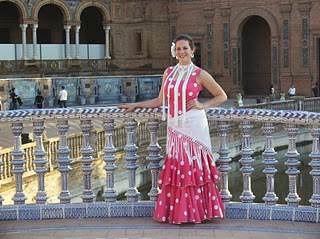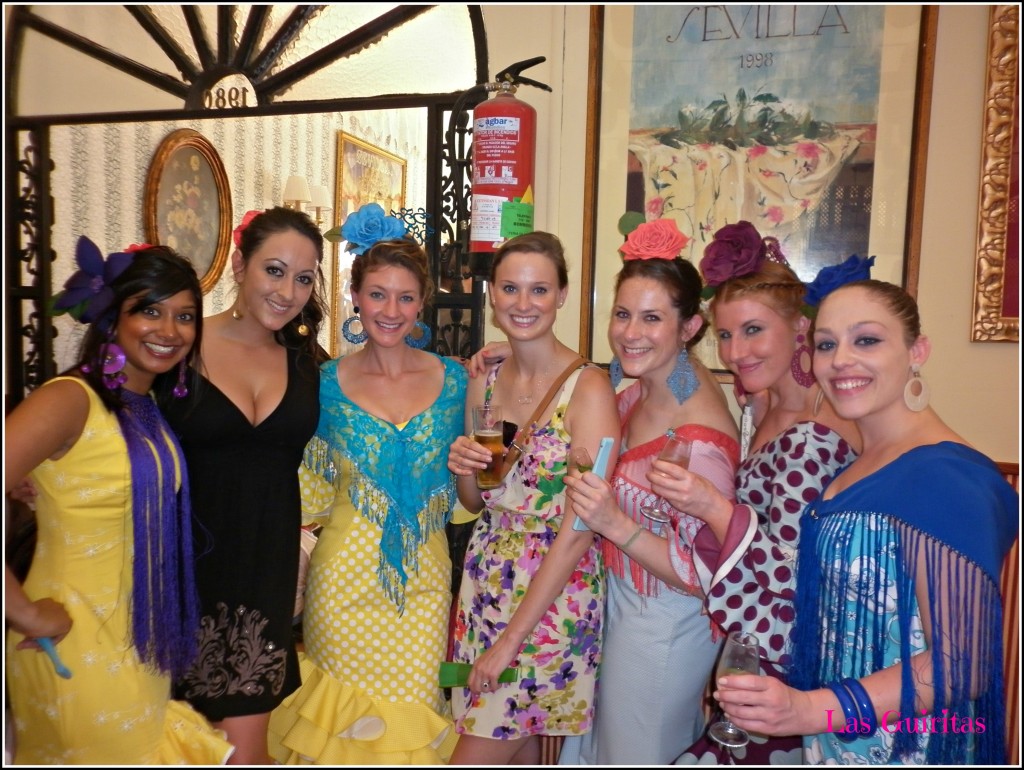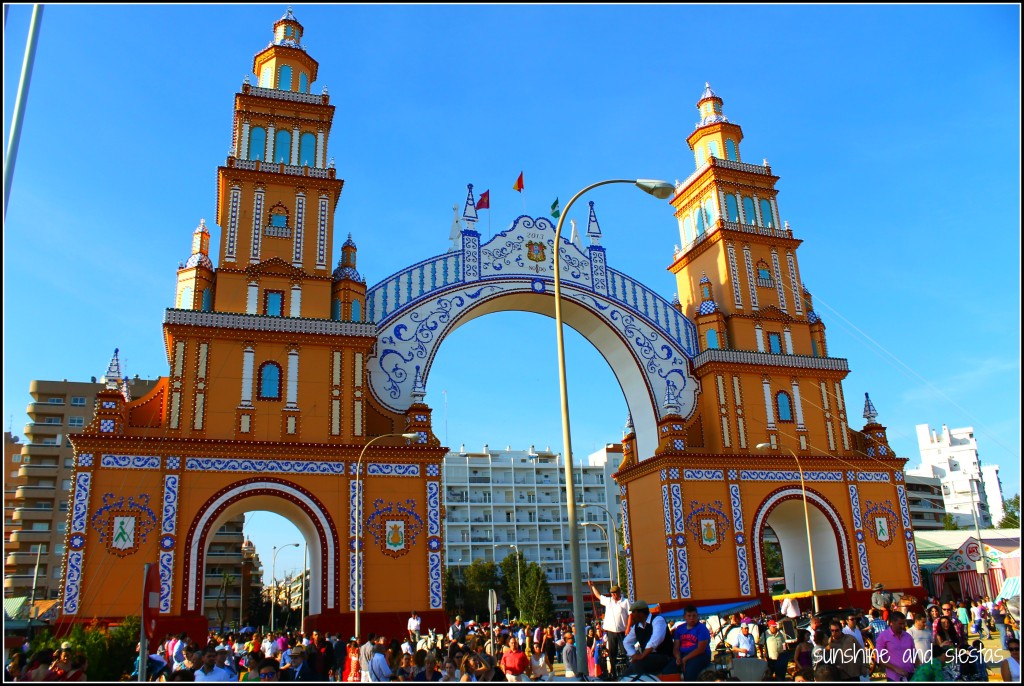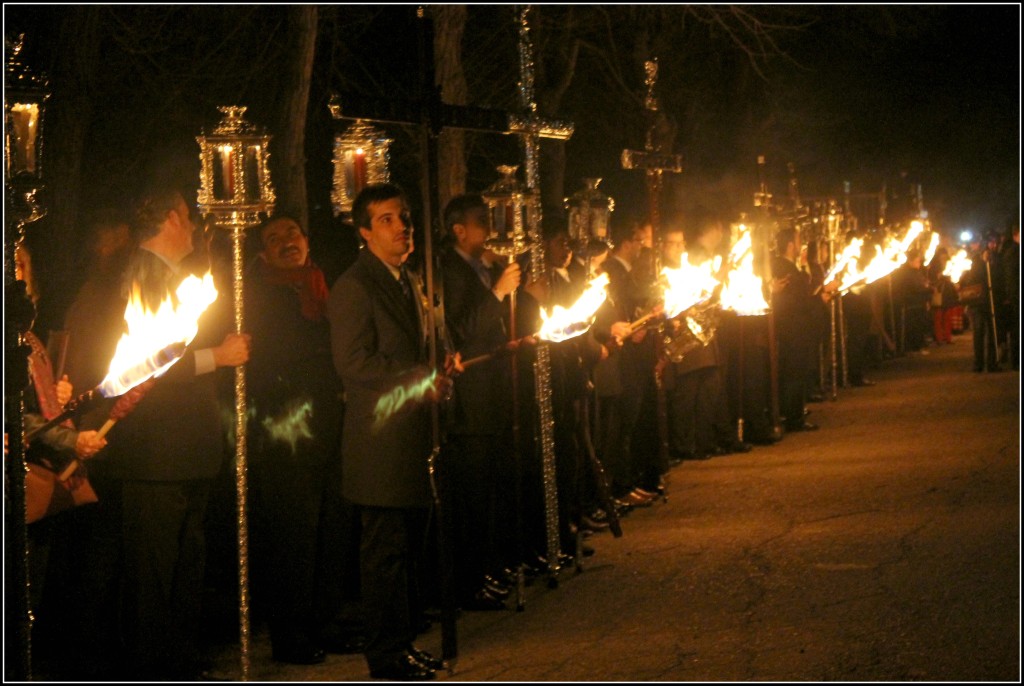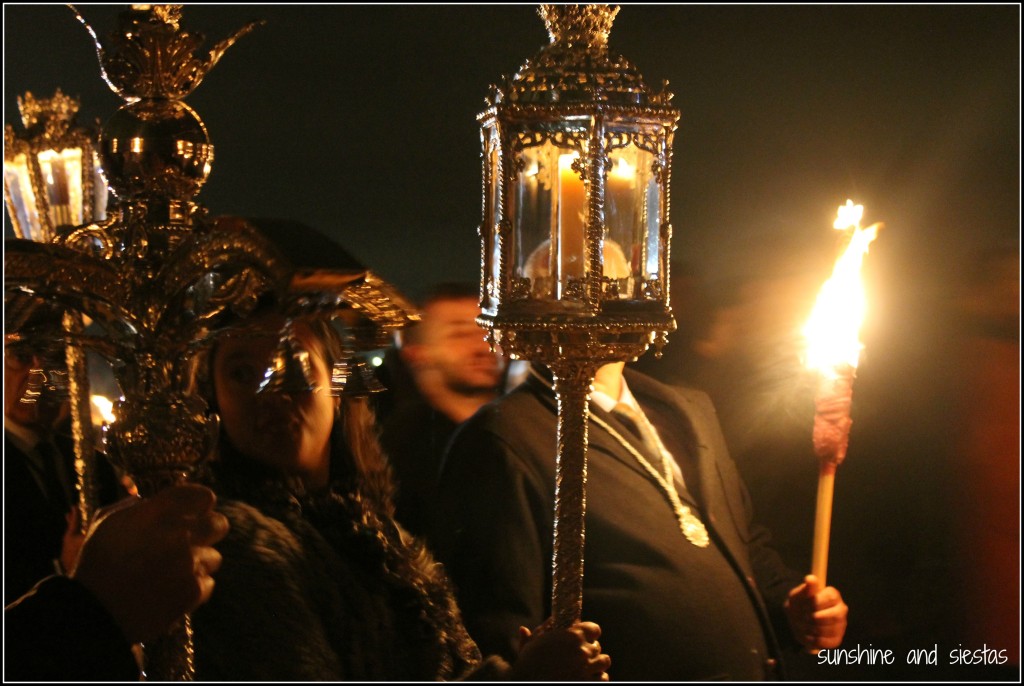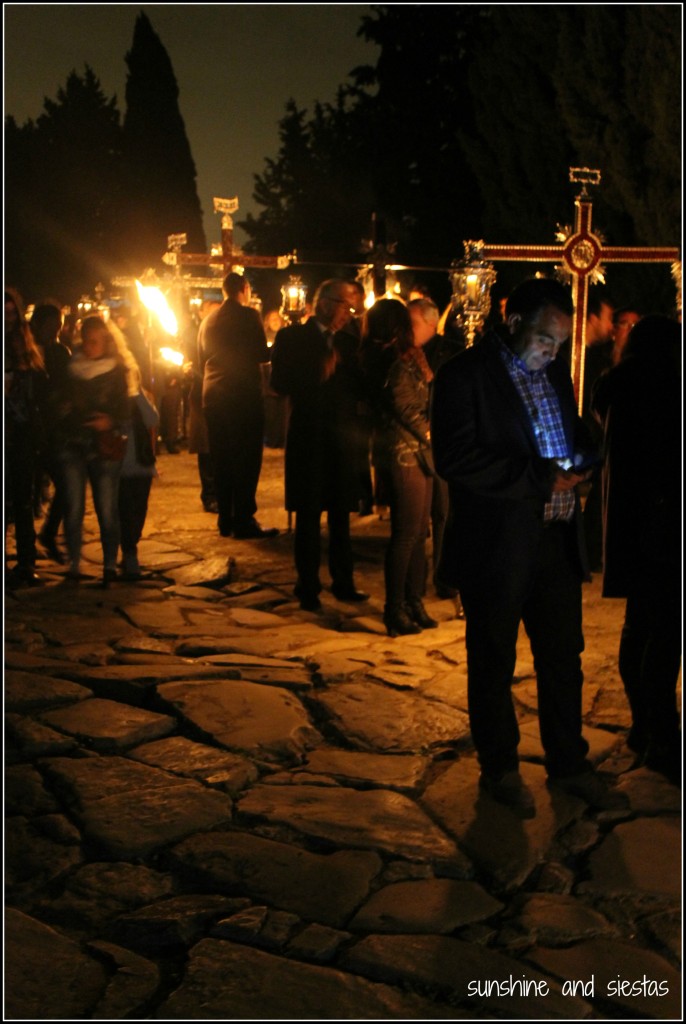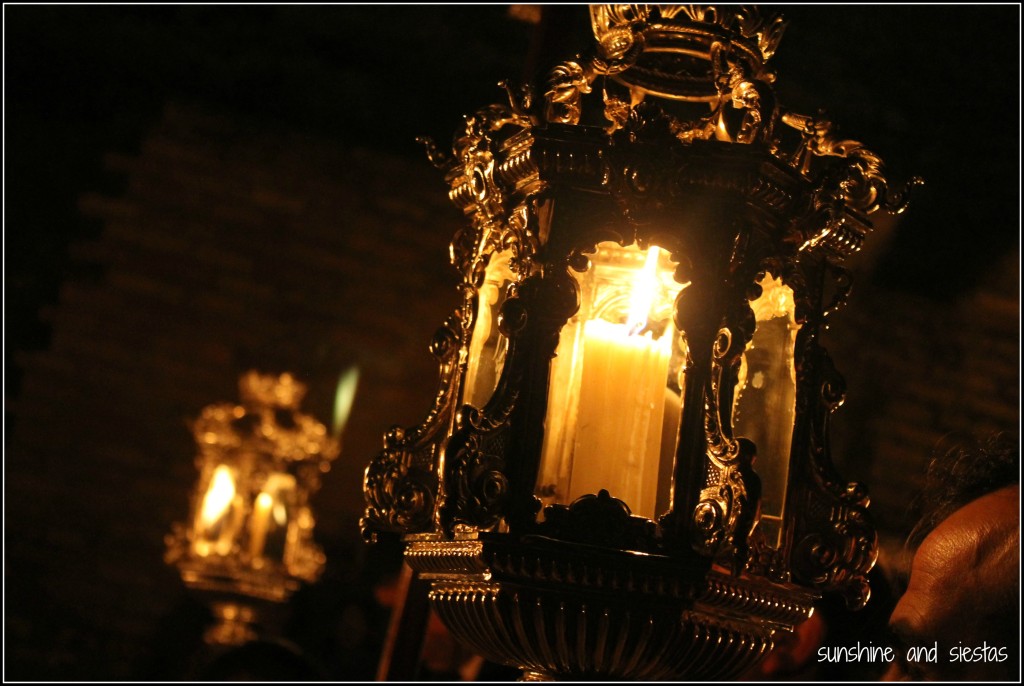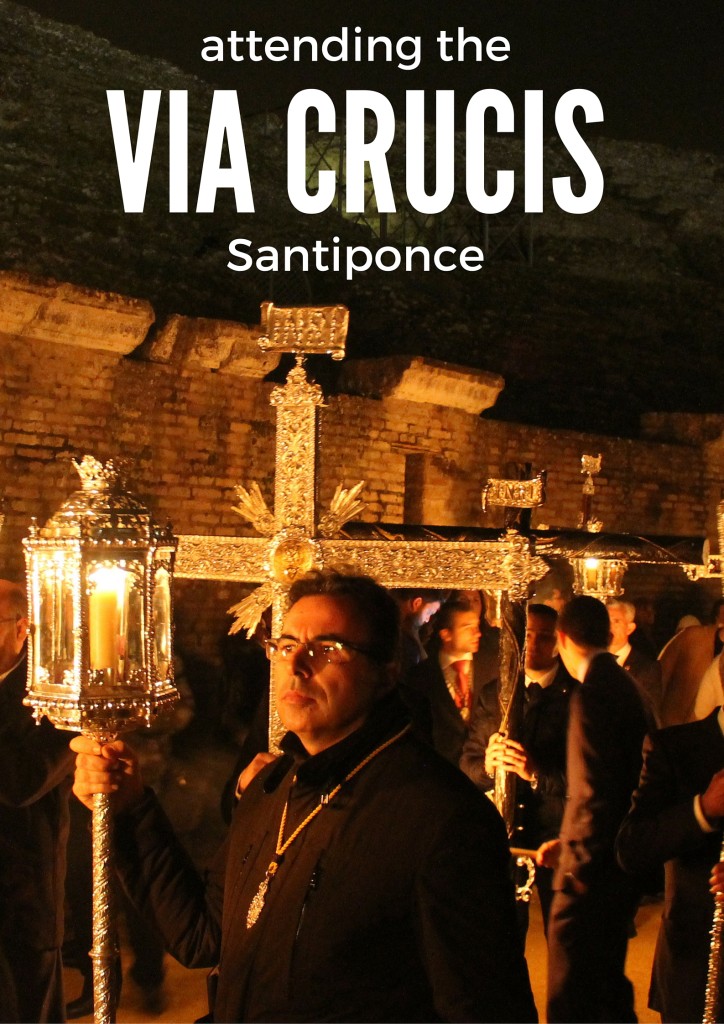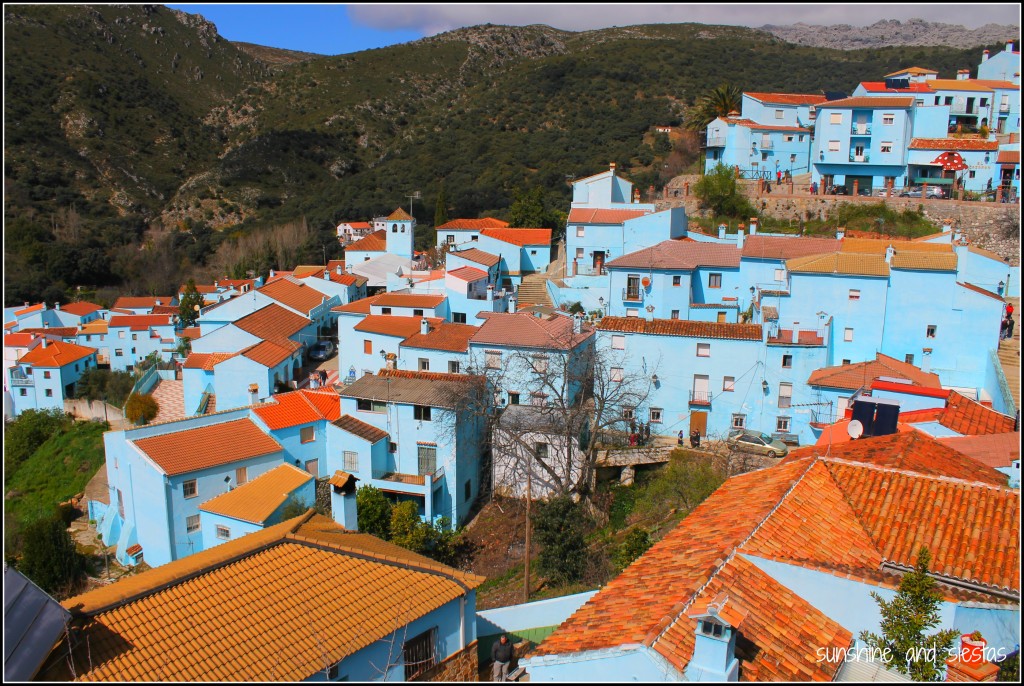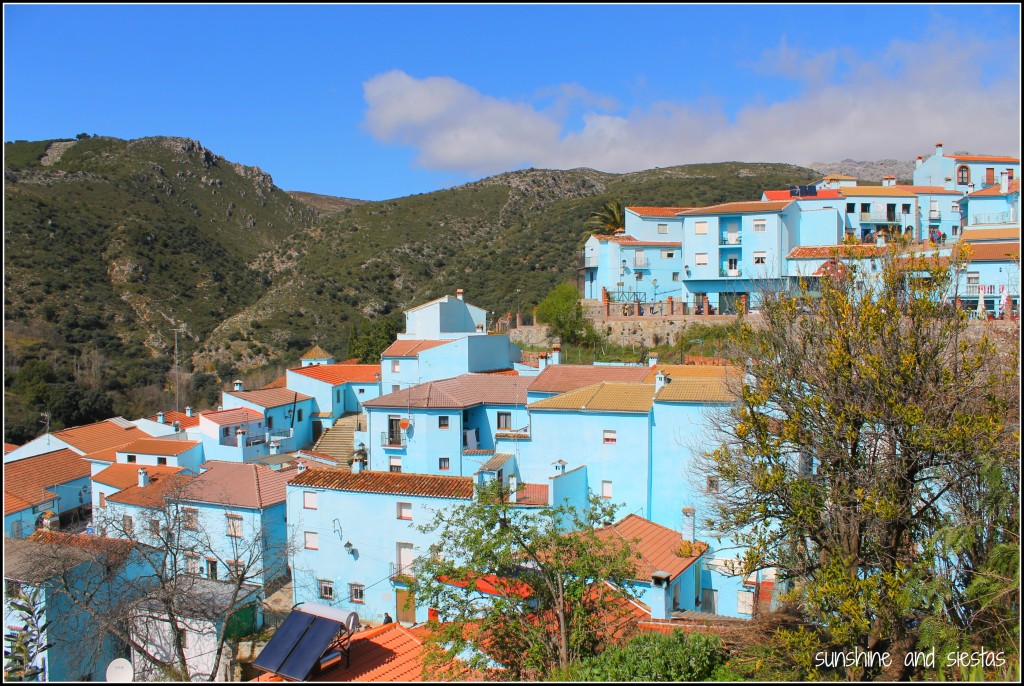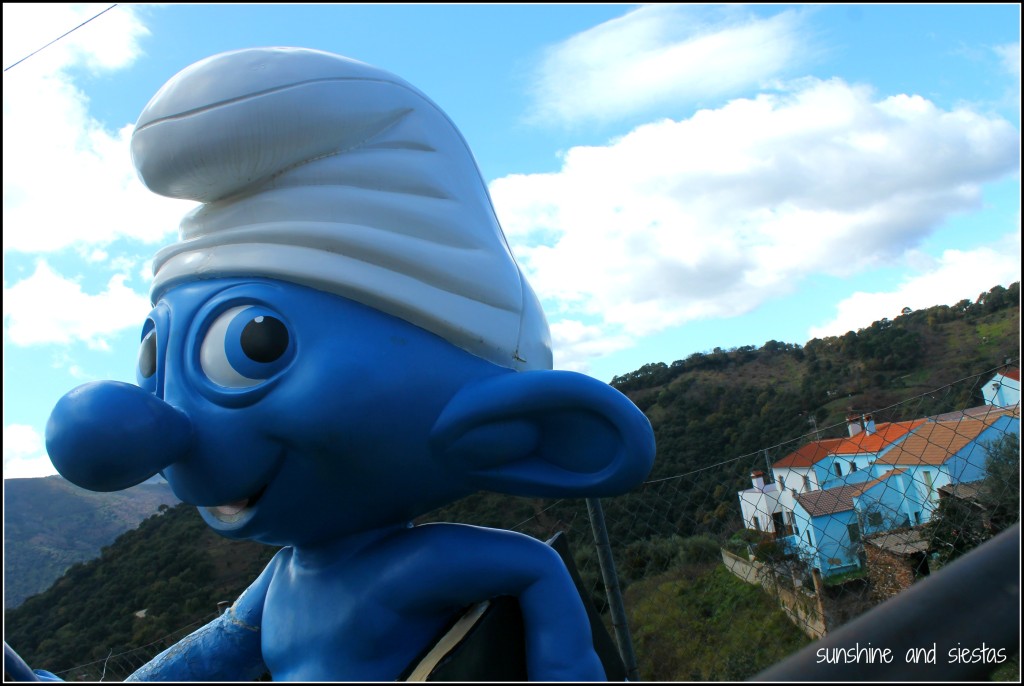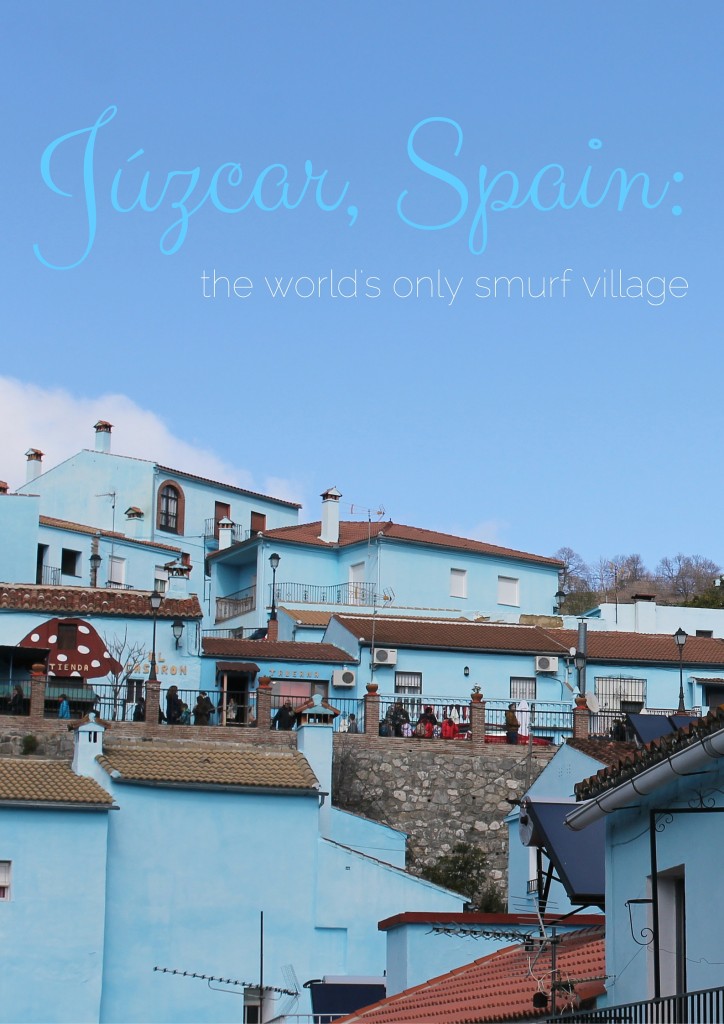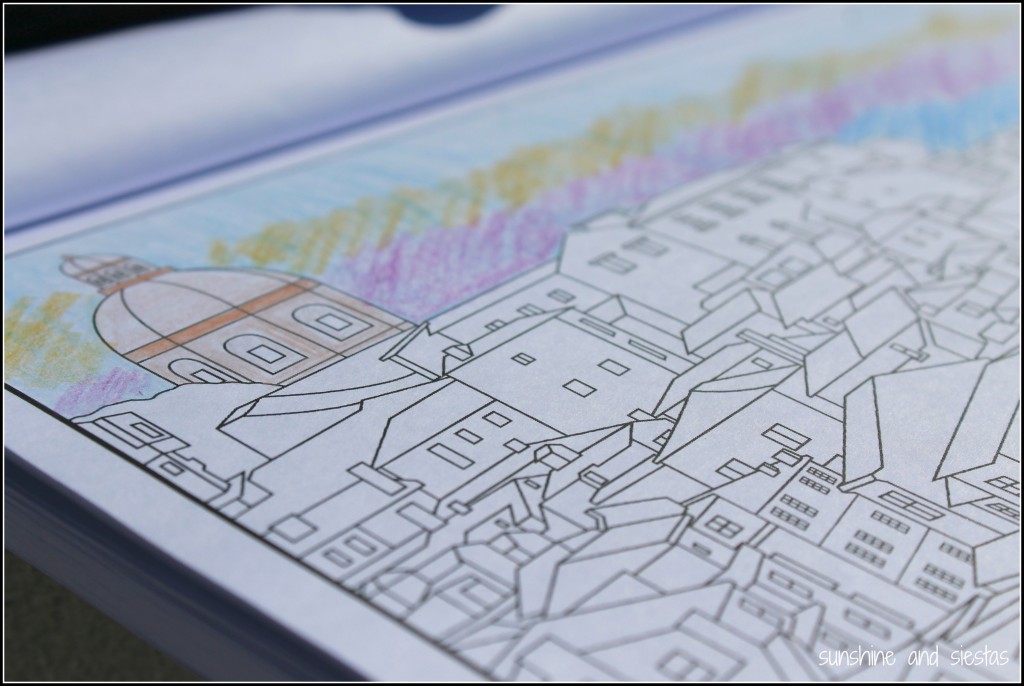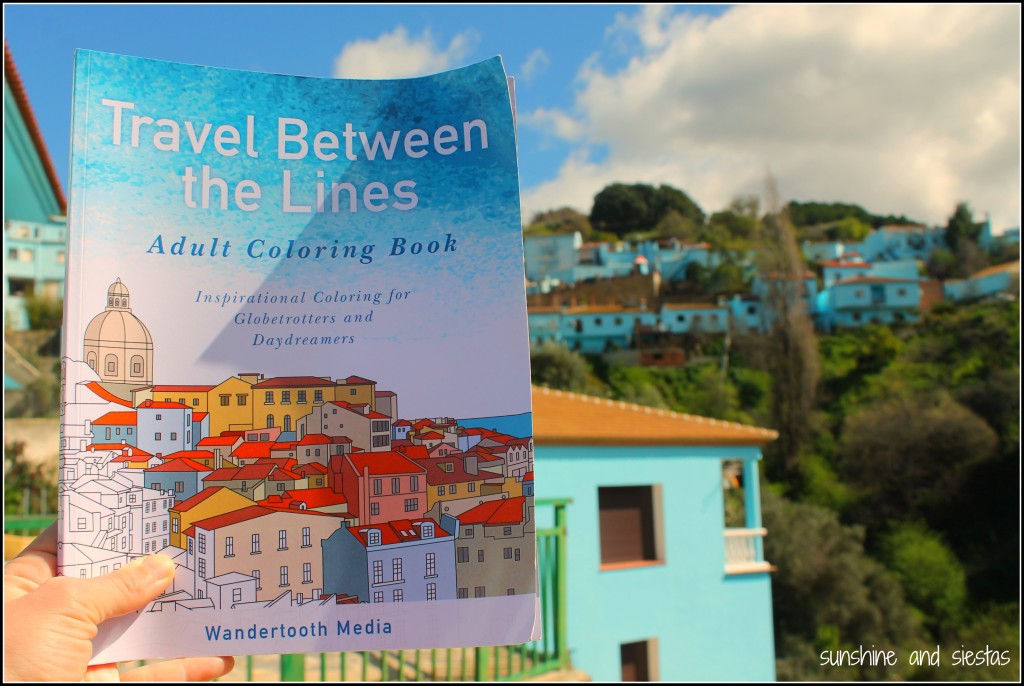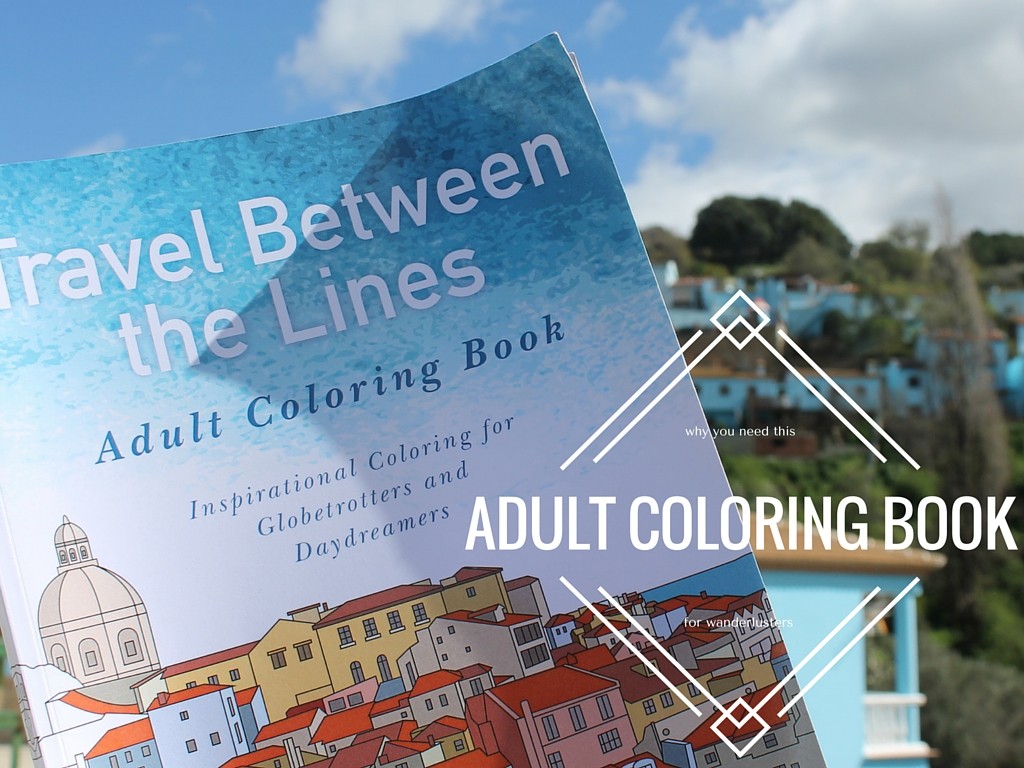The azahar bloomed while I was away. Even in Valencia, home to the famous oranges of the same name, the smell was cinged off by firecrackers and smoke during Las Fallas. And as I watched a gigantic Merlin burn from a towering statue to a small pyre, marking the end of my first Fallas, my next thought was immediately on the next big event: the Feria de Sevilla.
I am a dedicated feriante – I try on my traje de gitana weeks before to ensure its fit, attend flamenco fashion shows and a sevillana was the third song played at my wedding. I wait for the alumbrado with as much nervous energy as I pine for the last day of school. Feria is my jam, and everyone knows it.
But what if you’re a tourist, or passing though Seville during the Most Wonderful Time of the Year? I get this question often, and not just from tourists, but from those living elsewhere in Spain. I may live the sevillana version of high life when it comes to horse carriages and caseta invitations on occasion, but I also freak out in the days leading up to the fair, thinking that I may not have a place to go, or I may be stuck wandering the Real while I wait for a friend to answer their GD phone. In no other moment do I feel as foreign as I do local.
Know Before You Go
Spain is definitely a country that, on the surface, seems welcoming. The sunshine! The fiestas! The people! But in Seville, lo señorío and el postureo run deep, meaning that anyone outside of posh social clubs, religious brotherhoods or the Duquesa de Alba’s inner circle can get left in the albero.
Begun as a cattle fair several centuries ago, the Feria de Abril marks the first of Andalusia’s springtime fairs. It’s the largest, most popular, and the place to see and be seen. During one glorious week of the springtime, makeshift tents, called casetas, are erected on a patch of land that is unused for 51 weeks of the year. This is called the Real de la Feria, and in the weeks leading up to the event, workers log in hours setting up the casetas, stringing up lights and building an enormous main gate, called the portada.
The party starts on the third Monday following Resurrection Sunday with a socios-only fried fish dinner, known at the pescaíto. At midnight, the mayor turns on the lights of the entire fairgrounds, ending with the portada, and sevillanas immediately tumble out of the tents. The Feria continues every day from about 1pm until the wee hours of the morning, officially shuttered on Sunday night with a fireworks display at dusk.
The casetas are owned by religious groups, social clubs, political parties and groups of wealthy friends. A whopping 90% of them are privately owned and run, so you’ll usually see someone guarding the entrance and asking for proof that you’re in association with the tent’s dwellers that week. And the list for securing your own caseta is over a decade long, so it’s best to make friends before the fair starts.
Making the most of Seville’s most exclusive party
Feria is an expensive party – from the horse carriage rentals to the tent memberships to the clothing – but it’s free to attend, and gawking doesn’t cost a cent. But to truly enjoy it, you may have to lower your expectations.

First, know that there are two sides to the fair: Feria de Día, and Feria de Noche. Daytime fair is far more demure, as this is when most socios spend their time at the fairgrounds; the fair at night becomes borderline hedonistic, where tent flaps are drawn and sevillanas disappear.
Should you choose to go in the daytime, you’ll be treated to carriage parades and striking Andalusian horses until dusk – not to mention the daily bullfights happening in La Maestranza, bringing in some of the biggest names in bullfighting. This is the fair at its purest, with flamenco music playing and castanets clapping. Be aware that this is also when it’s the most difficult to gain access to the private tents. I have a less-than-stellar reputation of inviting my friends to Los Sanotes, which means side eyes and a stiff greeting from a few of the more traditional socios. But once night falls, most of the older crowd has gone home, making it easier to pop in and out of the casetas.
Free Casetas – the city operates a number of public access Distrito tents, which are larger and a bit more raucous than a traditional tent. Those also open to the general public are casetas belonging to political parties, labor unions and, in some cases, religious brotherhoods.
If you know someone who is in the local police force or works for a large, locally-based company like Abengoa or ABC, ask them if you can buy entrances from them. These sorts of places don’t operate using cash, but rather tickets in various denominations for food and beverage.
Or, you can always use the, “My friend is back at the bar and not answering my phone calls” trick to sneak into a crowded tent! Not that I ever have.
Dressing Up – On my first Feria, the Novio invited me to his best friend’s family’s tent (a rather estrecha relationship for Feria) for the Alumbrado. Knowing that the fairgrounds were full of albero, a chalky dirt than lends well to both bullfights and horse poop, I dressed as if I were doing housework – ratty jeans and tennis shoes.
I may never live that or the baby-sized complementos down (ugh, not to mention both a mantoncillo and a gargantilla wrapped into one outfit):
Remember that this is an event where you’re to see and be seen. Even if you’re not planning on donning a pricey traje de gitana, women should wear a dress or dress trousers. I don’t know how, but heels are a must. Men, in many private casetas, are required to wear a suit and tie after 9pm, regardless of the heat.
And please none of those souvenir-shop dresses or hair clips – that screams guiri more than getting too drunk off of rebujito!
Etiquette – That brings me to my next point, or fairground etiquette. On Seville’s biggest stage, you’ll notice that despite the abundance of alcohol and atmosphere, no one is outwardly drunk until nighttime. I was once kicked out of a caseta for being with a friend who’d imbibed a little too much!
If you receive an invitation to a private caseta, don’t bring 10 more of your friends without asking. It’s customary to buy the first round of drinks, though you’ll more than likely be turned down. If the tent is crowded, don’t immediately take a seat, as it’s an unwritten rule that those tables are reserved for paying members. Instead, make friends with the bartender – just don’t forget to pay your tab or overstay your welcome!
Some casetas will simply ask you who you’re with, as it is up to that socio or family to split the bill at the end of the week.
Spanish and Flamenco dancing – I’m often asked how necessary it is to dance sevillanas to enjoy the fair. While it’s definitely my favorite part of the whole experience, you do not have to know this four-part dance. Sitting and watching is fun, and people will often break into the dance on the streets, as well.
Should you be in Seville for a few weeks and want to learn, dance studios and gyms have intensive courses for 10-15€/hr. Check out Cuesta Sport, Látidos or Helena Pachón to learn how to coger la manzana, la comes, la tiras.
As for knowing Spanish – it’s helpful. How else will you insist upon buying a whole round of montaditos de lomo for your generous hosts?
Fairground Tours – if you’re a little freaked out for a first-timer, find the information booth just under the main gate on Antonio Bienvenida. The city’s tourism board offers tours around the fairgrounds, culminating in a drink in a public caseta. Let the rebujito flow!
My advice for a Feria first-timer
I was completely unprepared for my first Feria, from my lack of proper clothing to not saving enough money to truly enjoy it. If you’re visiting Seville for the first time, don’t let the Feria be your only plans – since the fairgrounds aren’t in the city center, you’ll find that it’s less intrusive than Semana Santa.
Take one day out to go to the Real after lunchtime and a siesta. Dress up nicely – long, dangly earrings and a shawl are fine, but don’t overdo it if you don’t have a traje de gitana, ladies. Walk across the Puente de San Telmo and the entire length of Calle Asuncion, which leads right to the main gate. Take a stroll around the Real to marvel at the horses and the elegant costumes before popping into a public caseta – the Fiestas Mayores (Costillares, 10) and Partido Popular (Pascual Márquez, 66) tents are a bit pricier for food and drink, but often have live music from 8pm or 10pm on. If you can’t score a private tent invitation and sweet talking gets you nowhere, skip dinner and have hot chocolate and fried donuts on Calle Manolo Vázquez.
Read more of my posts on the Feria de Abril, Seville’s most flamboyant celebration, from how to dress and dress up your dress, a list of vocabulary you’ll encounter and the Dos and Dont’s.
Have you been to the Feria de Sevilla as a tourist? What were you thoughts – I would love to hear the negative!




